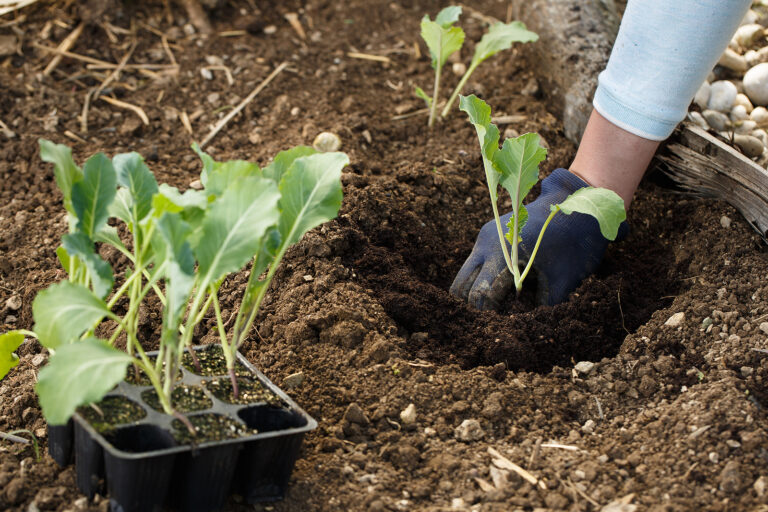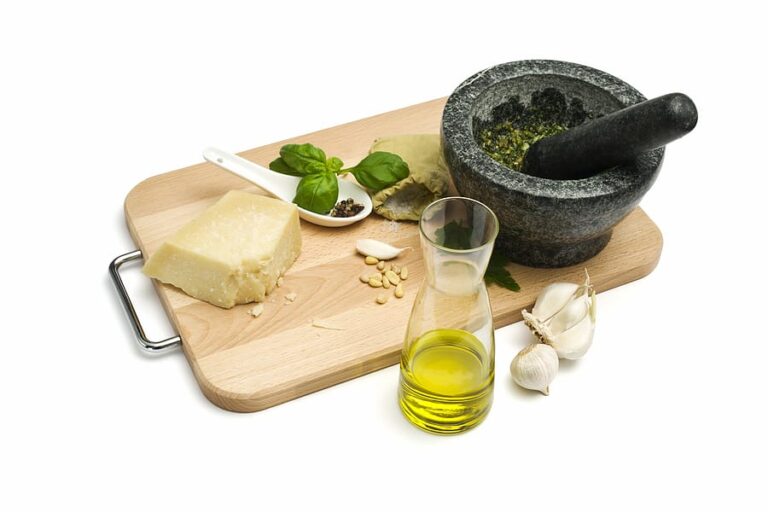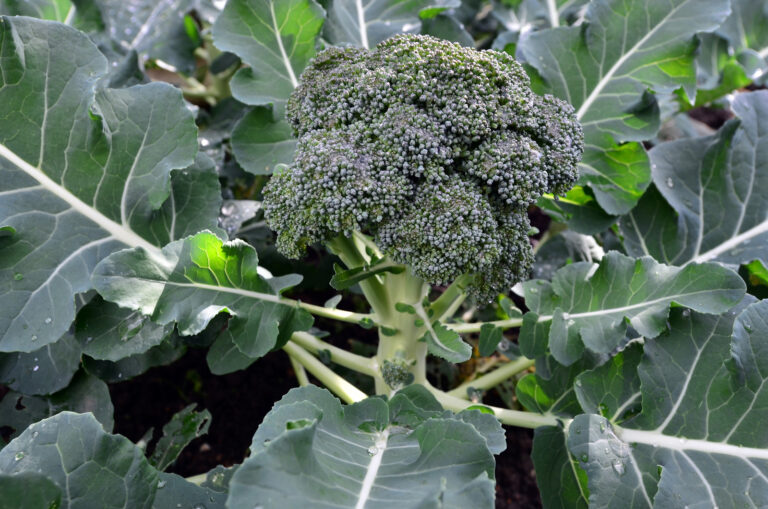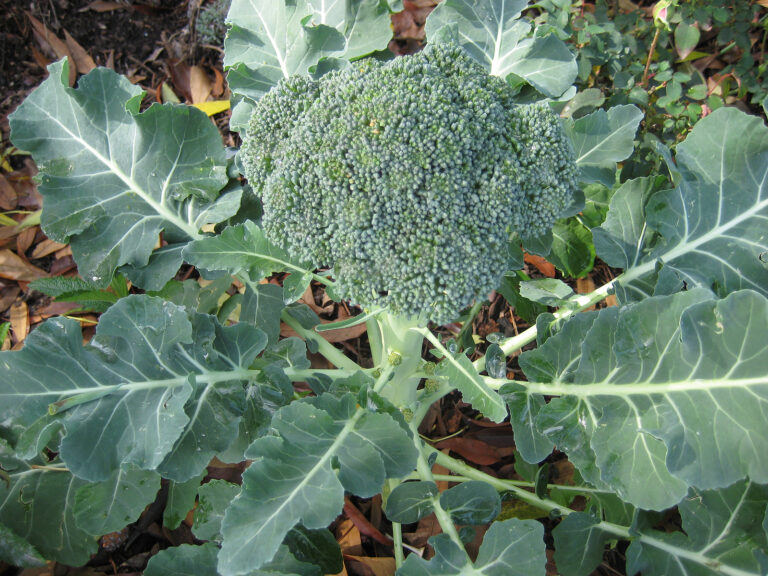Artichoke Planting Calendar: Month-by-Month Guide
Artichokes are most productive when planted at the right time for your climate. After many seasons growing artichokes in both coastal and inland California—and helping gardeners across the country—I’ve learned that timing is the single most important factor for strong plants and abundant buds. A well-planned month-by-month calendar helps you stay ahead of weather shifts and gives your artichokes the cool start they need.
Below is a practical planting calendar built on real-world experience, regional climate patterns, and proven artichoke growing techniques.
Month-by-Month Artichoke Planting Calendar
January
- Mild climates (Zones 8–10): Prime transplanting window. Soil is cool, and winter moisture supports root growth.
- Hot inland climates: Start seeds indoors.
- Cold climates: Begin gathering supplies and choosing varieties.
Experience Tip: In my Sonoma Valley garden, January transplants often produce the earliest spring harvests.
February
- Mild climates: Continue transplanting; protect young plants from late frost.
- Cold climates (Zones 6–7): Start seeds indoors 10–12 weeks before last frost.
- Short-season climates: Begin indoor sowing for an early start.
Why this matters: Indoor sowing now gives seedlings enough time to grow sturdy before outdoor planting.
March
- Mild climates: Last call for transplanting before spring warms.
- Cold climates: Continue indoor seedling growth.
- Hot climates: Transplant outdoors now before heat intensifies.
My Insight: I’ve seen March-planted artichokes in hot climates struggle unless given afternoon shade through their first month.
April
- Cold climates: Harden off seedlings and prepare beds.
- Short-season climates: Transplant as soon as frost danger lifts.
- Mild climates: Focus on watering and early-season feeding.
May
- Cold climates: Primary transplanting window.
- Short-season climates: Final chance to transplant for the season.
- Mild climates: Plants shift into vigorous vegetative growth.
Pro tip: Use row covers for unexpected late frosts—artichokes dislike cold snaps when newly transplanted.
June
- Cold climates: Plants settle in; keep soil consistently moist.
- Short-season climates: Mulch heavily to preserve cool soil.
- Hot climates: Plants may need shade cloth during early heat waves.
July
- Most climates: Plants focus on vegetative growth; maintain deep watering.
- Short-season climates: Bud formation may begin late in the month.
- Mild climates: Prepare for summer stress; mulch generously.
August
- Short-season climates: Harvest begins.
- Mild/hot climates: Monitor for heat stress; avoid planting now.
- Cold climates: Prepare beds for fall cleanup and potential overwintering.
September
- Mild climates: Begin fall transplanting for next spring’s main crop.
- Cold climates: Clean up spent plants; divide established crowns if overwintering is possible.
Experience Note: Fall transplants in mild climates yield the heaviest spring harvests the following year.
October
- Mild climates: Excellent for fall transplanting—cool weather favors root growth.
- Cold climates: Frost arrives; protect overwintered plants with straw or row cover.
November
- Mild climates: Continue fall planting until first frost.
- Cold climates: Plants go dormant; check mulching.
- Hot climates: Plan winter–spring seed starting schedule.
December
- Mild climates: Last chance for planting in frost-free areas.
- All climates: Review notes from the season and refine your planting calendar for next year.
Final Thoughts
Artichokes succeed when gardeners match planting time to seasonal temperature patterns. Whether your goal is an early spring harvest in a mild climate or a single productive season in a short-summer region, following a month-by-month calendar keeps your timing on track. My most productive artichoke seasons have always come from planning early—well before planting day arrives.
Artichoke Learning Hub
Start here: How to Plant and Grow Artichokes: A Complete Guide – Full overview combining planting, care, and tips.
1. Planning and Varieties
- Best Artichoke Varieties for Home Gardeners – Choose the right variety for your climate and garden space.
- The Best Growing Conditions for Artichokes: Climate, Soil, and Sun Requirements – Understand the ideal environment for strong growth.
- The Best Companion Plants for Artichokes – Maximize productivity and garden health through smart plant pairings.
2. Starting Artichokes
- How to Start Artichokes From Seed: Indoor Sowing, Transplanting, and Timing – Begin your artichokes indoors for an early start.
- How to Plant Artichokes the Right Way: Soil Prep, Spacing, and Transplant Tips – Ensure proper planting for vigorous growth.
- When to Plant Artichokes in Your Garden: Cool-Season Timing for Every Climate – Align planting with seasonal windows.
- Artichoke Planting Calendar: Month-by-Month Guide – Reference for planting, care, and expected harvest times.
3. Care and Maintenance
- How to Water and Fertilize Artichokes for Big, Tender Buds – Ensure strong growth and large, flavorful buds.
- Artichoke Care Throughout the Season: Pruning, Mulching, and Overwintering Tips – Seasonal care strategies for healthy plants.
- How to Overwinter Artichokes for Bigger Harvests Next Year – Protect crowns for larger next-season yields.
- How to Grow Artichokes in Containers: Soil Mix, Pot Size, and Seasonal Care – For gardeners with limited space.
- Artichokes Growing Problems: Troubleshooting – Identify and solve common issues for healthier plants.
4. Harvesting, Storing, and Cooking
- How to Harvest and Store Artichokes – Timing and methods for picking tender buds.
- How to Store and Preserve Artichokes: Refrigeration, Freezing – Extend freshness and flavor post-harvest.
- How to Cook and Serve Artichokes – Turn your harvest into delicious dishes.





